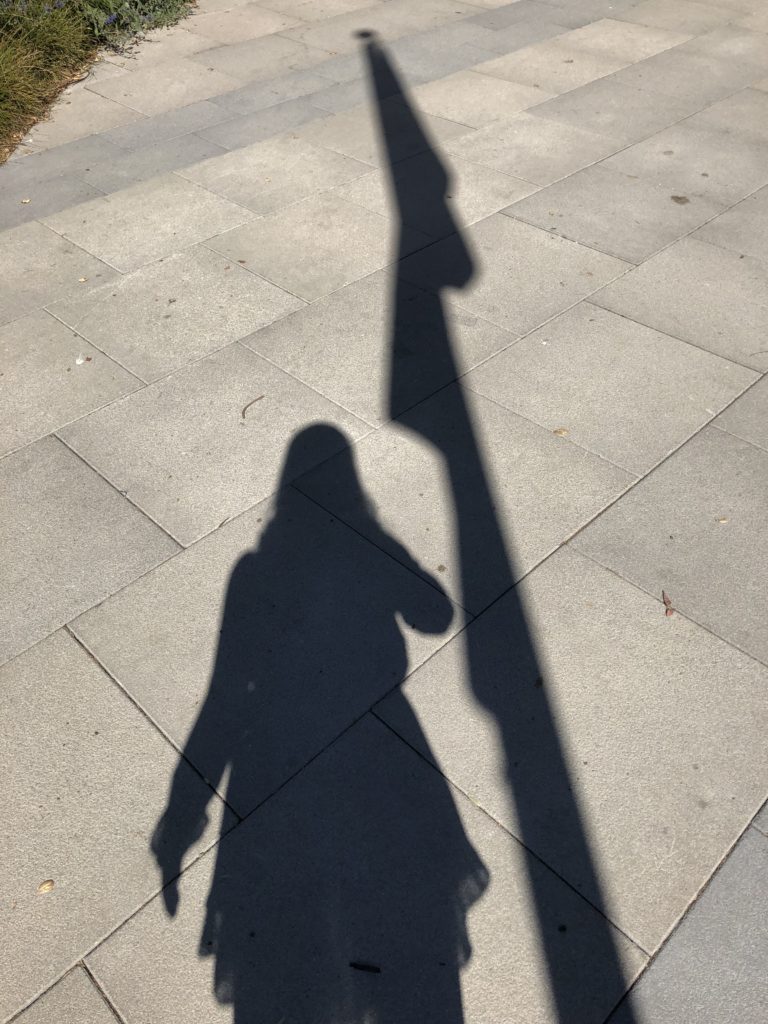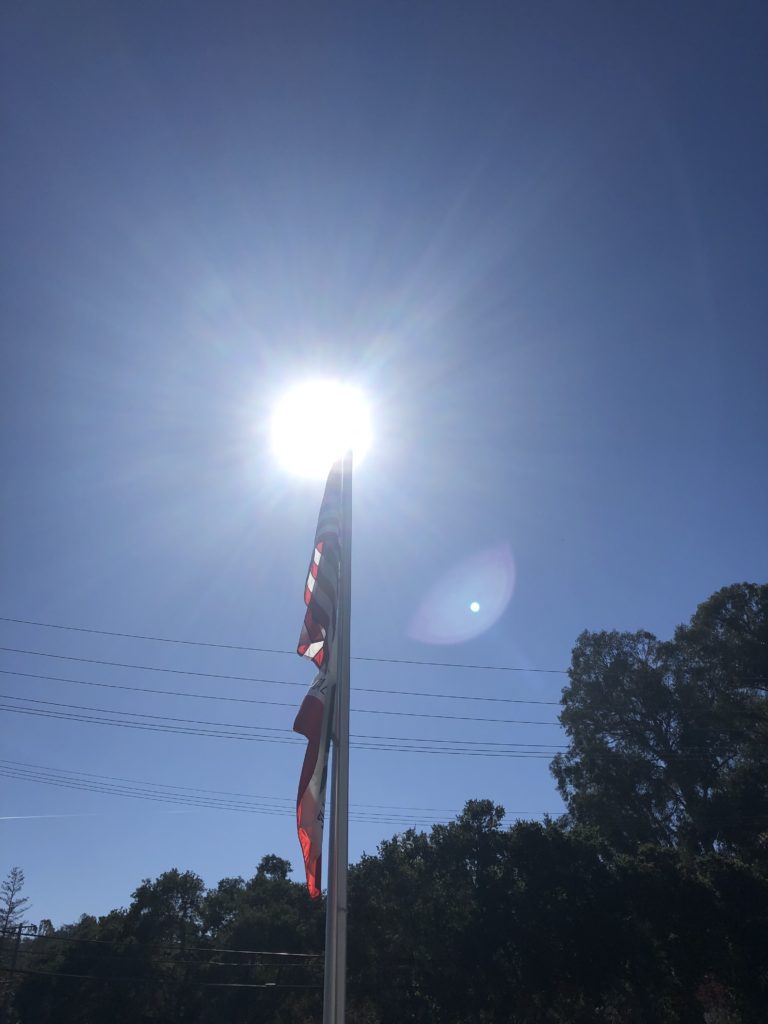
The other day, I volunteered to pass out pizza at my high school football game. Before the game started, everyone turned and started the pledge. I stood there, dumbfounded, as everyone proudly recited this pledge they knew by heart.
I was unaware of this tradition, as I immigrated here seven years ago and had never attended a football game until then. I felt a sense of exclusion for not relating to, knowing, or reciting the pledge like everyone else. However, I felt that some of the other people taking the pledge also didn’t fully identify with it; specifically, the “under God” part. Many of my good friends have told me that they are atheists. Yet they go along with this pledge that doesn’t represent their beliefs. Why?
“I pledge allegiance to the flag of the United States of America and to the Republic for which it stands, one Nation under God, indivisible, with liberty and justice for all.”
Initially composed over a century ago in 1892 by a socialist Christian minister named Francis Bellamy, this pledge was intended to celebrate the 400th anniversary of Christopher Columbus’ discovery of America. The original statement was meant to be used globally, for any country, to spread the United States’ ideals of democracy, as it did not specify to which flag a person was pledging. The initial line read as follows:
“I pledge allegiance to my Flag and to the Republic for which it stands one Nation indivisible, with Liberty and Justice for all.”

“Indivisible” references the unity achieved through the American Civil War, while “liberty” and “justice” represent core ideals of democracy. However, three decades later, a key change was made. Instead of pledging to “my flag,” the speaker is pledging to “the Flag of the United States of America.” This edit was targeted at immigrants, to ensure their loyalty to the United States rather than their home country in a nationalistic, post-WW1 world. In 1954, during the Cold War, President Eisenhower persuaded Congress to add “one nation under God” to the pledge in the face of Communism and for the sake of patriotism.
After these two major revisions, the modern pledge of allegiance states:
“I pledge allegiance to the flag of the United States of America, and to the republic for which it stands, one nation under God, indivisible, with liberty and justice for all.”
Although not legally required, many public and private schools still use the pledge today. Students cannot be forced to recite the pledge because that would violate their First Amendment freedom of speech, but there is still very much a social requirement. Another term to describe this phenomenon is peer pressure. The peer pressure is so strong that no one complains about being incorrectly represented. The unspoken condition is, if you do not take the pledge, you are not truly American.
Representation is a pillar of the democracy that America holds so dear. If I am not represented within this pledge, why should I pledge it? Why should I claim to be something I am not? I shouldn’t. I won’t. Either the contents of the pledge has to change to fit the vast diversity in this country, or the social culture has to change so that the people of America, me included, can comfortably express themselves, including their religion.
As for me, I appreciate the fact that the pledge of allegiance is not legally required and I will continue to speak against its current form until I feel comfortable vowing myself to the United States. Join me. The next time you are in a situation where people are pledging allegiance to the flag, ask yourself: Do I believe in these words?
